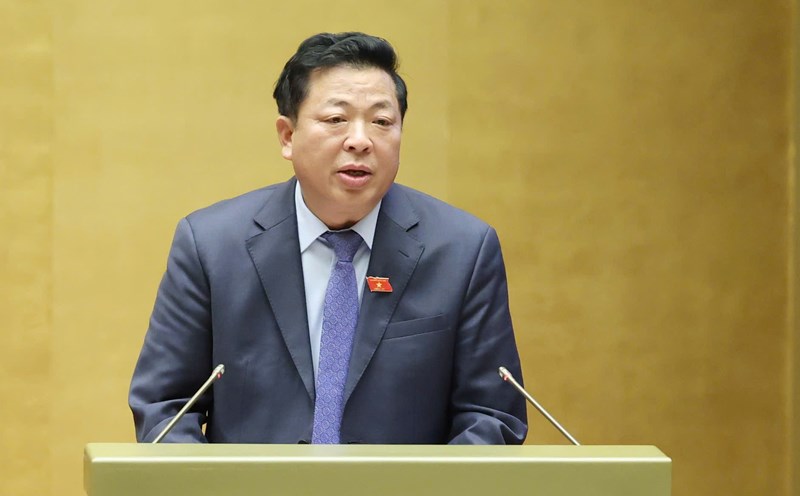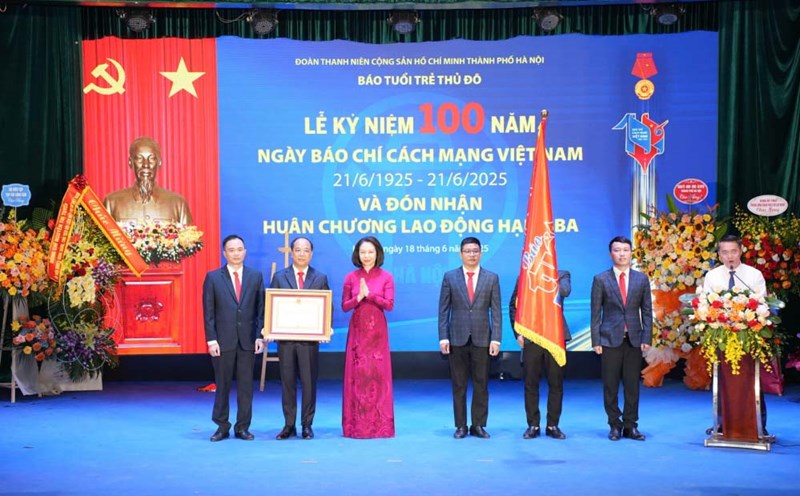On the afternoon of June 18, the National Assembly voted to pass the Law amending and supplementing a number of articles of the Law on Energy Efficiency and Savings with a majority of votes in favor. The law takes effect from January 1, 2026.
After being approved by the National Assembly, the law is expected to open a new door, improving the practicality, feasibility, and effectiveness, ensuring the consistency and unity of the legal system in energy use activities.
At the same time, it helps Vietnam promptly take advantage of, attract and mobilize international resources to support and promote the energy-saving and efficient investment market, contributing to the realization of the Net Zero goal by 2050.
The law has stipulated the establishment of a Fund to promote energy-saving and efficient use. Accordingly, the Fund for Promoting the Use of Energy Saving and Efficient is a non-budgetary State Finance Fund, operating not for profit.
The energy-saving and efficient use promotion fund is allowed to mobilize capital, lend, invest, entrust and receive entrustment to carry out the function of promoting energy-saving and efficient use activities nationwide.
The Energy Saving and Efficient Use Promotion Fund aims to support and sponsor projects, tasks, and activities to promote energy Saving and Efficient Use with flexible mechanisms according to the requirements of sponsors and regulations of current law.
The Prime Minister decides on the establishment, organization and operation of the Fund to promote energy-saving and efficient use in the direction of socialization, ensuring financial independence, not overlapping with state budget revenue and expenditure tasks and limiting employment to increase operating and production costs for businesses and production and business establishments.
The Government stipulates the Fund's capital sources to promote energy-saving and efficient use.
It can be seen that energy has played an important role in the economic and social development of Vietnam. The demand for energy in Vietnam has increased significantly in recent years, especially in the context of urbanization and economic development.
In the period from 2010 to 2019, primary energy consumption in Vietnam increased by about 6%/year, especially commercial electricity output achieved an average growth rate of 9.71% in the period 2010-2021.
Vietnam is also one of the countries with the fastest demand for energy in Southeast Asia, along with Indonesia and the Philippines.
To realize the Net Zero goal by 2050, Vietnam cannot lack a modern, synchronous and strong enough legal framework.
The law is not only a working tool, but also a lever to promote changes from awareness to action of the whole society in the journey towards a carbon-free future.
Vice Chairman of the National Assembly's Committee on Science, Technology and Environment Dang Hai Dung acknowledged that the challenges in the new context are the standards of the international market and the risk of supply chain disruption.
Therefore, the policy needs to create conditions for energy demand forecasting to proactively plan energy production, supply and use strategies.
Foreign markets are currently introducing technical barriers in the form of green standards, ESG standards set for Vietnamese exports.
When launched on the international market, these goods must be guaranteed to be goods that consume very little energy, have few environmental emissions, etc. For the European market alone, from 2026, carbon tax will be applied, and the amount of emissions such as carbon will be counted on export products.
"The fund is designed in the direction of socialization and will operate in the direction of preserving capital. The fund, if officially operated, will have access to preferential capital sources, which can be mobilized from international organizations. This support can be through interest rate tools, capital guarantees and many financial tools" - Mr. Dang Hai Dung said.
Mr. Dang Hai Dung hopes that after the Law is promulgated, there will be a system of synchronous sub-law documents with detailed regulations and instructions. Each ministry and branch will build a system of standards, regulations, and sanctions in the field under their responsibility. Strengthen training, retraining, and improve the quality of energy management teams.











